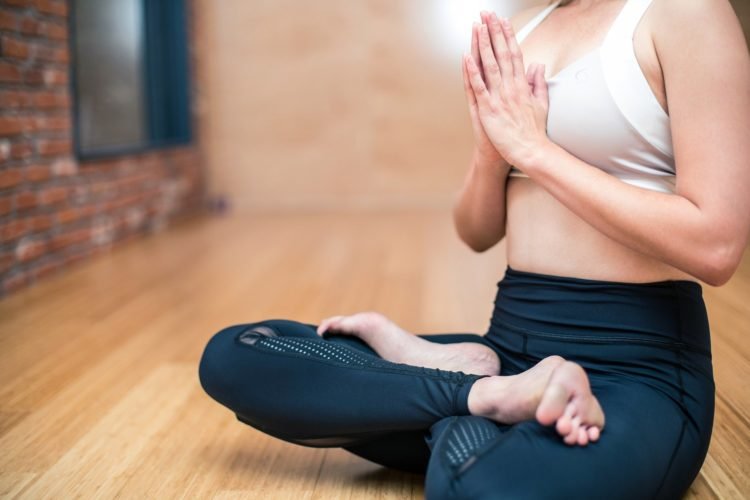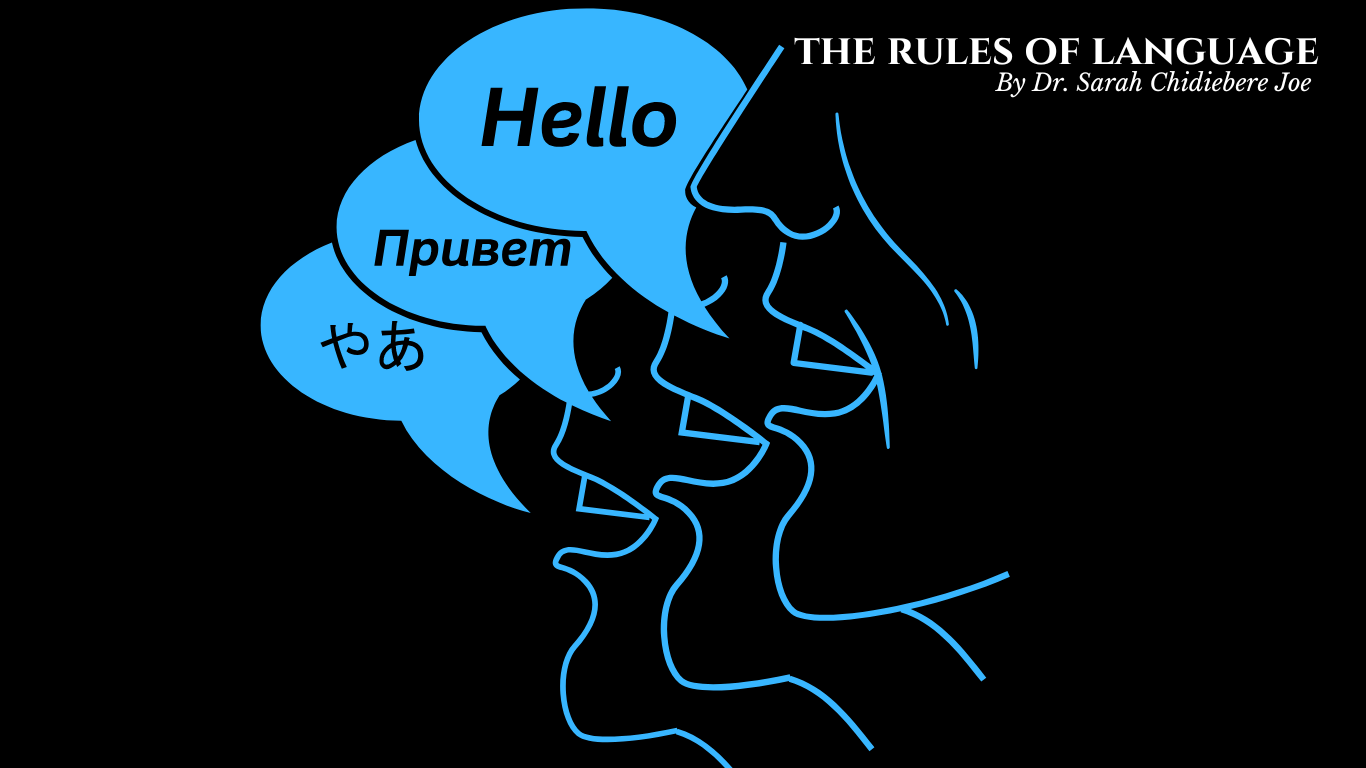Beware: Social distancing does not translate to sitting down for endless hours doing nothing! We can all capitalise on the opportunity presented us during this Great Adaptation by improving our physical and mental health. According to the NHS, “physical activity can boost self-esteem, mood, sleep quality and energy, as well as reducing your risk of stress, depression, dementia and Alzheimer’s disease“.
Exercises can be done at any time of the day. Since we are all mostly confined to our homes throughout the day, we don’t have to be in a hurry to get up in the morning to workout. This is of course subject to your Circadian Rhythm or Body Clock. While some people respond well to morning exercises, there are others who may prefer working out in the afternoon, evening or even at night. We have to, therefore, via practice discover what time of the day our bodies best respond to as this is one of the most important steps towards developing an exercise culture.
Every fitness routine incorporates five essential elements, which can be carried out from your living room, play area or compound. These include warm-up, aerobics, strength-building, flexibility and cooling-down exercises.
Warming up and Cooling down exercises
are key to waking up your muscles before you start more intense body training, while cooling down routines are meant to relax your body when you finish working out. They are key for relaxing muscle tensions, enhancing performance, increasing blood and oxygen flow and preventing injury during exercise. See the below video for an example of a 5-minute warm-up routine that you can do inside your living area. You can repeat this routine to cool down after your aerobics, strength-building and flexibility sessions.
Aerobics and Strength-building
Whereas aerobics/cardio workouts are designed to get your heart pumping, burn excess fat and enhance the shape and tone of your body, strength-building exercises toughen your muscles. These could include walking up and down the stairs, lifting weights, push-ups, cycling or dancing. In the below video, POPSUGAR fitness demonstrates some aerobic exercises that beginners can do at home.
Flexibility
Lastly, flexibility exercises mainly include stretches and are aimed at enhancing mobility, reducing stiffness and relief pain. See the below video for guide on how to stretch different parts of your body.
Please remember: You don’t have to do all these at once. Choose what works for you and take breaks between exercises if you need to. No pressure. Just have fun with it!
The Great Adaptation will hopefully come to an end. Routinely exercising will help us look and feel better when we return to work or school. What are you waiting for? Start Warming up!














